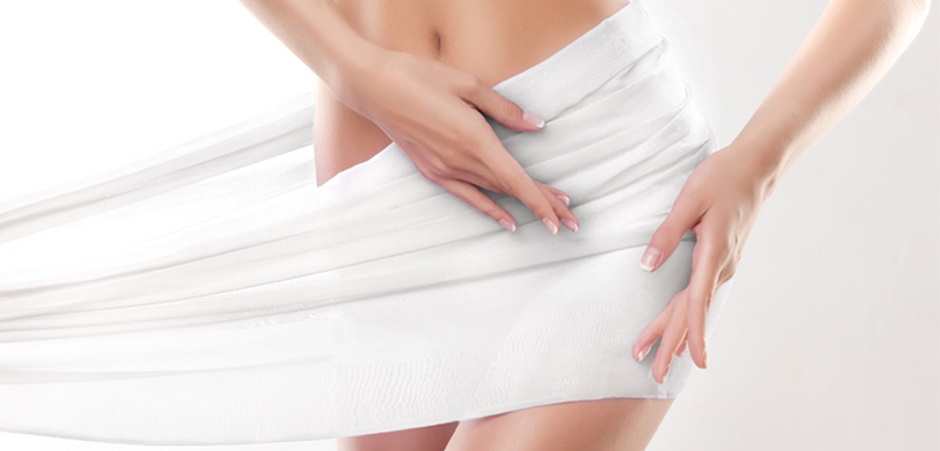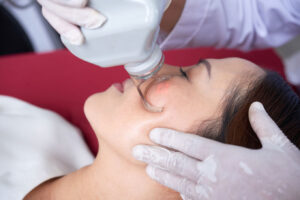
Labiaplasty for Functional vs. Cosmetic Reasons
The labia’s primary purpose is to guard and sense the vulva, even though aesthetics are frequently mentioned while talking about them. However, some women have concerns about the size or shape of their labia minora, which affects both their comfort and self-esteem. Labiaplasty arises as a possible remedy; however, the reasons for pursuing this treatment differ.
Let’s look at labiaplasty from both functional and cosmetic perspectives and how this distinction affects candidacy and outcomes.
Functional Concerns
For many women, the decision to consider labiaplasty stems from functional concerns rather than purely aesthetic desires. For those in Southern California, finding a reputable labiaplasty Long Beach surgeon can ensure that functional and aesthetic concerns are addressed effectively. Enlarged or elongated labia minora can lead to a variety of discomforts that can significantly impact daily life:
- Physical Discomfort: Chafing or irritation during activities like walking, exercising, or wearing tight clothing can be a constant annoyance.
- Painful Intercourse: Enlarged labia can cause pain or discomfort during sexual intercourse.
- Difficulties with Hygiene: Proper hygiene can be challenging with overly large labia.
- Psychological Impact: The discomfort and self-consciousness associated with enlarged labia can negatively affect self-esteem and quality of life.
Cosmetic Considerations
Aesthetics also play a role in some women’s decisions regarding labiaplasty. Societal beauty standards often portray a specific look for the labia, which can lead to self-consciousness about natural variations. Here’s how cosmetic considerations come into play:
- Body Image and Self-Esteem: Concerns about the appearance of the labia can negatively impact body image and self-esteem.
- Desire for a “Normal” Appearance: Societal pressures can create a desire to conform to a perceived “normal” look for the labia.
- Enhanced Confidence: Some women might seek labiaplasty to boost confidence associated with a more aesthetically pleasing appearance.
Functional vs. Cosmetic Labiaplasty: Are There Differences?
While the surgical procedure might be similar, the approach to a functional labiaplasty might differ slightly from a purely cosmetic one. Here’s a breakdown of some potential distinctions:
Focus of Surgery
Functional labiaplasty prioritizes removing excess tissue to alleviate discomfort and improve hygiene. Cosmetic labiaplasty might involve a more nuanced approach to achieve a desired aesthetic without compromising functionality.
Amount of Tissue Removed
Functional labiaplasty might remove a more significant amount of tissue to address specific concerns like chafing or pain. Cosmetic labiaplasty might involve a more conservative approach to preserve sensation and natural appearance.
It’s important to remember that these are generalizations. The specific approach will be tailored to your anatomy and goals, regardless of the primary motivation (functional or cosmetic).
Wrapping it Up
Labiaplasty can address functional and beauty concerns related to the labia minora.
Enlarged labia can cause chafing, pain during sex, and hygiene difficulties. Labiaplasty can help by removing excess tissue for improved comfort and function.
Societal pressures or personal preferences might make you consider labiaplasty. It can enhance confidence by creating a more aesthetically pleasing appearance, but remember, natural is the goal!
Regardless of your reasons, it’s key to talk with a qualified surgeon. They’ll assess your situation, explain techniques, and help you decide if labiaplasty suits you.



